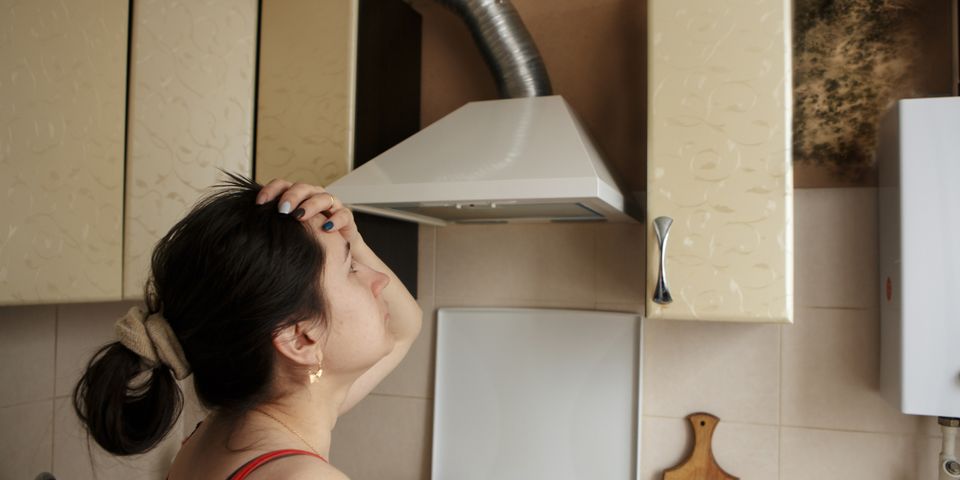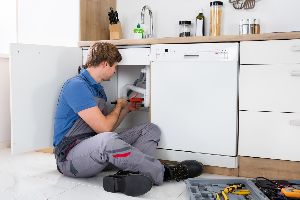3 Areas in a Home Where Mold Can Grow

Mold growth occurs in homes when microscopic fungal spores in the air collect on assorted surfaces and start reproducing. Without mold removal services, the infestation can grow and trigger allergic reactions, such as coughing, sneezing, wheezing, and congestion. The fungus also breaks down organic material, such as wood and sheetrock, which can potentially compromise a home’s structural stability. The following guide highlights some common areas in a home where mold can thrive.
What Areas of the Home Are Susceptible to Mold Growth?
1. Attics & Basements
It’s not uncommon for basements and attics to feature a musty odor indicating mold growth. Since basements are subterranean spaces surrounded by soil, their dark, damp environments are ideal for mold. Many mold strains, including toxic black mold, prefer humid, dark conditions. Mold growth can also occur if attics aren't properly ventilated. In the Summer, if hot air is not allowed to escape the attic, humidity can build up and allow the fungus to thrive. In the Winter, a lack of ventilation can cause warm moist air from the home to get trapped in the attic and cause condensation.
You can prevent mold with dehumidifiers and basement waterproofing services. If you discover a large infestation, request mold removal services to avoid inhaling an excessive number of spores and dealing with allergic reactions.
2. Bathrooms, Kitchens, & Laundry Rooms

The steam and subsequent dampness present in kitchens, bathrooms, and laundry rooms from cooking and washing activities allow mold to grow. A leaking washing machine, sink, or dishwasher provides the moisture mold needs to thrive. Check for leaking fixtures and pipes about once a month to stay ahead of mold growth, and routinely wipe down these spaces to absorb as much moisture as possible. You can also use dehumidifiers to remove moisture from the air.
3. Walls & Floors
Plumbing and roof leaks can cause mold growth in your walls and floors. If a roof leak makes its way into a wall cavity or there’s a plumbing leak, mold spores can reproduce easily. Any water damage that affects your floors also contributes to the problem. For example, a leaking pipe that causes wood flooring to warp will lead to mold growing underneath the boards. Saturated carpeting is also susceptible to mold growth underneath of it on the sub flooring. Unless the carpet is completely dry, the padding layer will remain damp and allow the mold to flourish.
If you need to schedule professional mold removal services, turn to A-1 Mold Testing & Remediation. Based in Lincoln, this business serves customers throughout Nebraska as well as Iowa, Kansas, and parts of Colorado and Wyoming. Their experienced team will be happy to help and answer any of your questions. Call the Lincoln office at (402) 474-6653 or the Omaha office at (402) 964-2080 to schedule an appointment. You can also visit their website to learn more about their mold removal services.
About the Business
Have a question? Ask the experts!
Send your question

